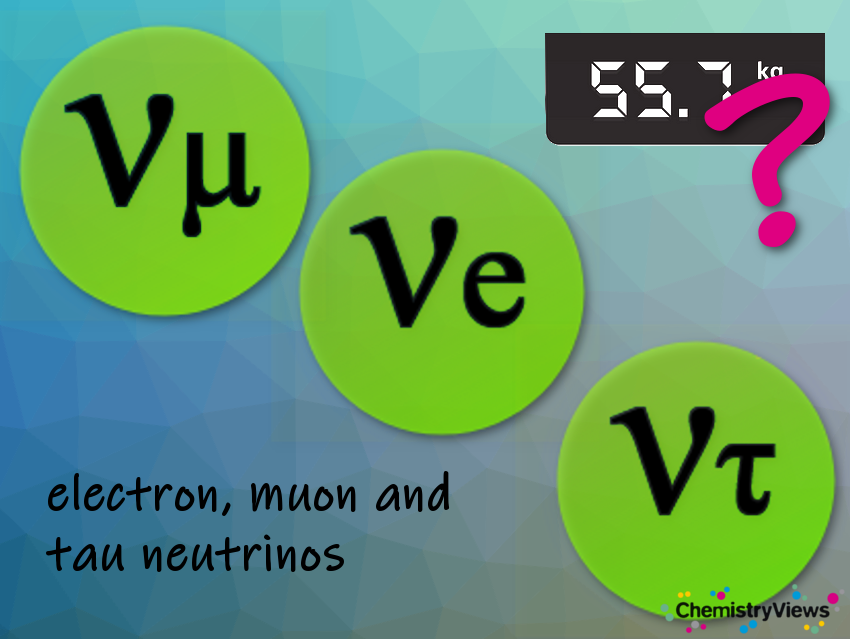Yellow? Green? White? 🤔🌞
Many people believe that the sun is yellow. However, the sun emits light that encompasses all the colors that our eyes can perceive and thus appears white to our eyes. When we see a rainbow, we witness the sunlight being split into its different colors. The passage of sunlight through a prism also reveals its diverse color spectrum.
Why Does the Sun Appear Yellow to Our Eyes?
This is due to the Earth’s atmosphere scattering the shorter-wavelength colors such as green, blue, and violet more strongly. When sunlight reaches the Earth’s atmosphere, it interacts with the gases and particles present in the air and gets scattered in various directions. Among the different colors of light, blue light is scattered to a greater extent compared to others. This is due to the fact that blue light travels as shorter, smaller waves, making it more susceptible to scattering effects in the atmosphere. This means we lose some of the blue tint of the sun as sunlight passes through the atmosphere. Consequently, only the longer-wavelength colors like yellow and red reach our eyes. This phenomenon is called Rayleigh scattering.
During sunrise or sunset, when the sun is positioned low in the sky, it can even take on an orange or red hue. The sunlight passes through a greater amount of atmosphere, so even more blue light is scattered and consequently, a larger proportion of the longest wavelength light (red) reaches our eyes.

Figure 1. Simplified schematic representation of the principle.
To delve into further detail, the sun, like any physical object, emits a spectrum that can be approximated by a “black body spectrum” determined by its surface temperature. The sun’s surface temperature, approximately 5,800 K, leads to a spectrum with strong emission across the entire visible range. If we were to observe sunlight without the influence of the atmosphere, our brain would perceive this mixture of visible light wavelengths as white.
The phenomenon of light scattering also affects other forms of radiation emitted by the sun, although it does not affect our visual perception. Before reaching the Earth’s surface, X-rays and gamma rays are effectively filtered out. Furthermore, stratospheric ozone, located at an altitude of over 10 kilometers, absorbs the majority of ultraviolet (UV) radiation. Similarly, water vapor and other molecules with non-zero dipole moments absorb most of the infrared (IR) radiation.
Why Does the Sky Appear Blue?
Rayleigh scattering is also responsible for the blue appearance of the sky: As described above, when the sun is high in the sky, the shorter waves, especially the blue wavelengths, interact with the air molecules and the sky appears blue.
Enjoy the sun 🌞 But be careful: Avoid looking directly at the sun with your naked eyes.
References
- What color do you think the Sun is?, Stanford Solar Center by Solar Observatories Group at Stanford University, Stanford, CA, USA, 2020. (accessed June 16, 2023)
- Lou Mayo, What Color is the Sun??, NASA Education. (accessed June 16, 2023)
Also of Interest

There’s more to the electromagnetic spectrum than meets the eye

How many yoctoseconds are in a second?

Any idea?

Any idea?

Any idea?
Update (July 3, 2023): The article originally had an error in the explanation of the visual perception of the sun’s “black body spectrum”. This has been corrected.





Everywhere I look, it says the human eyes are most sensitive to green and least sensitive to blue and red. The opposite of what your writer has said.
eg https://www.researchgate.net/figure/The-Relationship-Between-Eye-Sensitivity-and-Colour-Wavelength-and-Colour-Luminosity_fig4_269300186#:~:text=The%20measurement%20of%20the%20light,proves%20to%20be%20the%20least.
and https://www.nde-ed.org/NDETechniques/PenetrantTest/Introduction/contrastsensitivity.xhtml
Thank you very much for this correction.